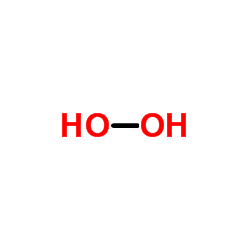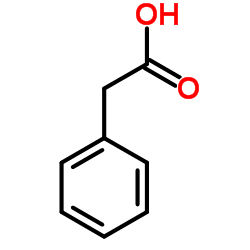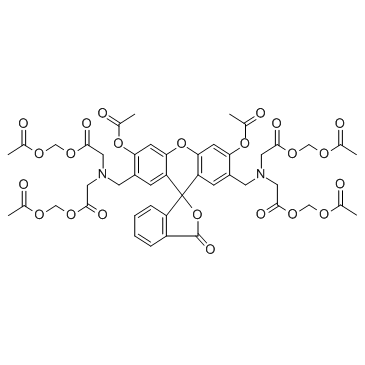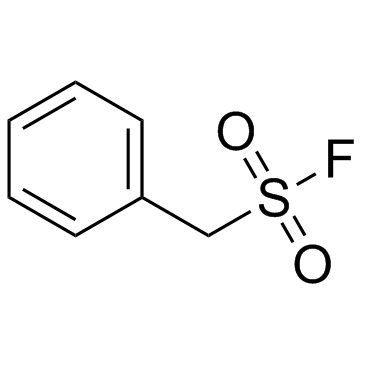| Structure | Name/CAS No. | Articles |
|---|---|---|
 |
Glycerol
CAS:56-81-5 |
|
 |
sodium chloride
CAS:7647-14-5 |
|
 |
Hydrogen peroxide
CAS:7722-84-1 |
|
 |
sodium dodecyl sulfate
CAS:151-21-3 |
|
 |
Phenylacetic acid
CAS:103-82-2 |
|
 |
Dimethyl sulfoxide
CAS:67-68-5 |
|
 |
L-Glutamine
CAS:56-85-9 |
|
 |
SODIUM CHLORIDE-35 CL
CAS:20510-55-8 |
|
 |
Calcein-AM
CAS:148504-34-1 |
|
 |
PMSF
CAS:329-98-6 |